There’s no excuse for not having Sumac in your foraging life. There are several species, all useable — except the poisonous one — and are found throughout North America.
During a class Sunday a sharp-eyed student spotted Sumac twice. Locally it is Rhus copallina. Sumac is a good find this time of year because it presents itself in an unforgettable fashion: The berries taste tart. The impression on the tongue makes an impression on the brain. It’s actually not so much the berries we are interested in as the acid that is on the hairs that are on the berries. They make water tart and rich in vitamin C. It’s free “lemonade” and healthy for you.
Sumac you can use can be easily identified from Poison Sumac. Sumac had garnet-colored berries in terminal clusters, meaning on the end of the branches. You usually find the shrub in moderate to dry spots. Poison Sumac has white berries not in terminal clusters but further down the stem closer to the trunk. Poison Sumac is also found in damp spots if not standing water. The Sumac’s terminal clusters should not be harvested right after a heavy rain because the rain washes the acid off and the shrub has to make more. You can also harvest the clusters, hang them up in a dark, dry spot and store them for a season. To read more about the Sumac go here.
Now we go from a plant found nearly everywhere in North America — Sumac — to a warm-weather inhabitant: Bananas. I noticed Bananas blossoming this weekend. One doesn’t think of Bananas blossoming but they do, a large green and purple blossom that looks like a flower on steroids. The blossoms are edible raw but are usually cooked if not also soaked in salted water first. Chopped and boiled or steamed whole works. The inner pith of Banana trees is also edible as are the seeds of the species that have seeds. Banana water is also medicinal.
The trick with Bananas, if one can call it that, is to watch the green bananas carefully. The moment one of the lower green bananas begins to ripen the entire hand is cut off and taken inside. There the Bananas usually ripen from the end up and most of them will ripen off the tree. If you leave them on the tree, a few will ripen and the rest higher up the hand will shrivel up. Unfortunately Bananas trees take two years to produce bananas and then die after producing. A cold winter can wipe out Bananas at the end of one year. Thus one needs two years sandwiching a warm winter to get home-grown bananas. As I sit on the temperate/sub tropical line some years I get Bananas in my yard, other years I do not. To read more about Bananas uses click here.
An often overlooked ornamental that is also an edible is Cana. Like many plants Cana’s goal is to store a lot of starch in its root so it has the energy when the time is right to flower and reproduce. And like many root vegetables we want to harvest Cana when it has stored up a lot of energy but hasn’t blossomed yet. This requires finding Cana and watching it over a season so you can time it right. Because the energy cost is high to reproduce once the plant is flowering its starchy roots shrink and become tough. So you can locate Cana one season by the blossoms and raid them next season before they blossom. It sounds complicated but isn’t. In the warmer areas of South America they are a staple crop and highly esteemed.To read more about Cana, go here.
During our Sarasota class the students and I saw some mushrooms including an edible and a very deadly one. The deadly one was an Amanita, all white with a “skirt” below the cap and half an egg for a bottom. It’s the kind of mushroom only a few milligrams will kill and adult. There were also a lot of large flush of white (probably) Russulas I have yet to identify. But the one edible we saw is quite distinct, the Old Man of The Woods. It’s in the Bolete group which has no deadly members or cause lasting organ damage. Boletes are a large group that are mostly edible in Europe, mostly not in North America and mostly unidentified in Florida. To that end I have two Facebook pages dedicated to identifying mushrooms, Southern US Mushroom Identification, and, Florida Mushroom Identification Forum. Visit them. They’re a good place to get on the way to learning about the fungus among us.
Locally the Podocarpus (marcophyllus) are full of ripe arils to eat. The season can always vary some but mid-August is the time to keep any eye out as mid-September is for wild grapes and mid-October for persimmons. I have found edible Podocarpus arils at other times of the year most noticeably last December. Can’t explain that. It is now the first week of September and I’ve been snacking on them for more than a month.
The Podocarpus is a bit unusual in that the aril is edible but the seed which is located on the end is not. We throw the mildly toxic seed away, which is what the plant wants us to do anyway. One or two seeds accidentally chewed won’t bother an adult too much but one really should not eat them. Whether the stem that goes through the aril is edible is a something of a botanical debate. I eat them and I know other adults who do. Some experts say kids should not eat the stems in the arils but I’ve not found any evidence supporting that view. Still, erring on caution is not a bad thing. Also don’t confuse the Podocarpus with native or ornamental yews, which can be deadly. To read more about the Podocarpus, go here.
What do you See #16 Answer: Last week’s photo was fairly easy to identify. Taken in Boone, North Carolina in mid August, number one is Plantain, two Dandelion, and three White Clover.
On the Green Deane Forum we post messages and pictures about foraging all year long. There’s also a UFO page, for Unidentified Flowering Objects so plants can be identified. Recent topics include: Herb Planting Guide, Tomorrow Was Back To School, Mushroom Walk, Foraging Rules, American Beautyberry, Tobacco Ash, Identification Helper, Mullein, Reishi, Plum-ish Looking Fruit Tree, Another Olive Like Fruit, and Mushroom Knife. The link to join is on the right hand side of this page.
Eat The Weeds On DVD. My foraging videos do not include alligators but they do cover dozens of edible plants in North America. The set has nine DVD. Each DVD has 15 videos for 135 in all. Some of these videos are of better quality than my free ones on the Internet. They are the same videos but many people like to have their own copy. I burn and compile the sets myself so if you have any issues I handle it. There are no middle foragers. And I’m working on adding a tenth DVD. To learn more about the DVDs or to order them click here.
If you would like to donate to Eat The Weeds please click here.


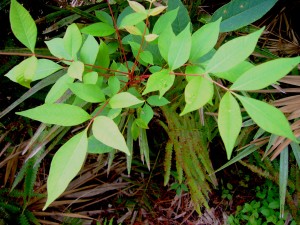
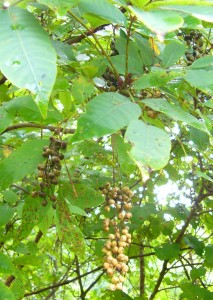
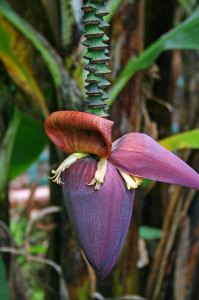
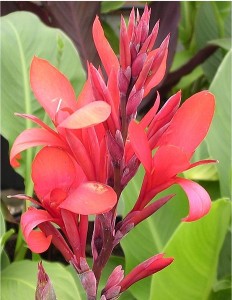


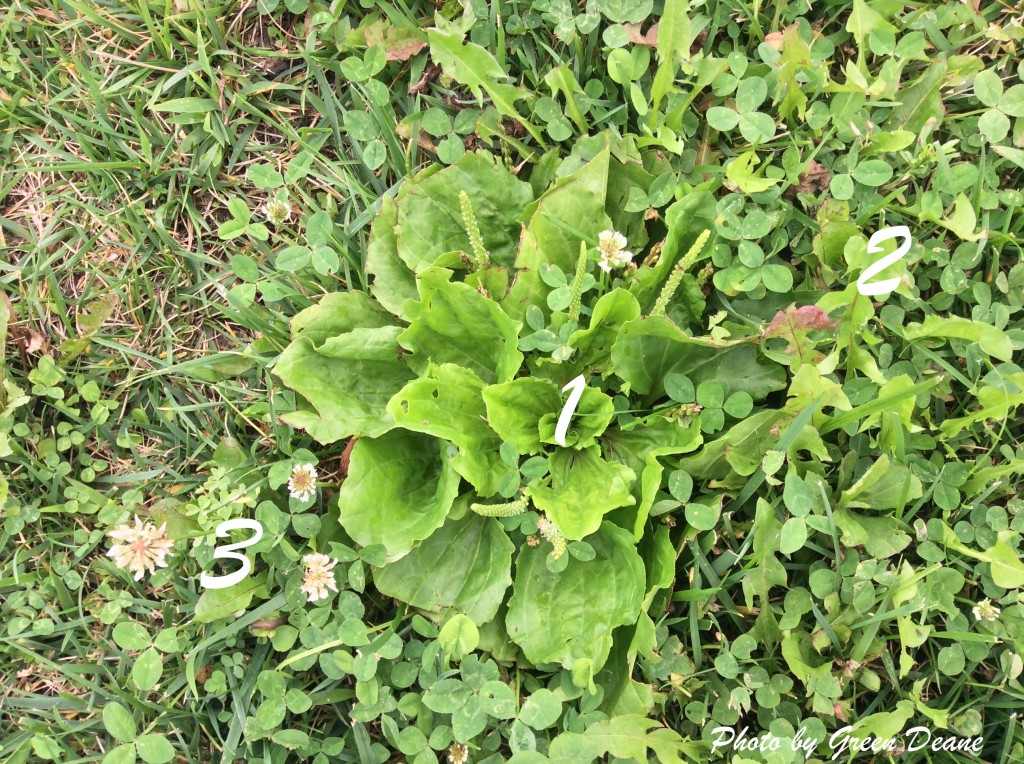

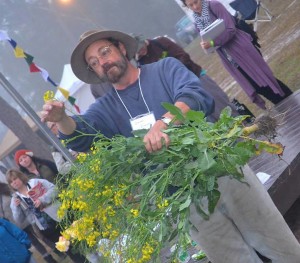

Please devote an issue to this question: If i live in a metropolitan area (southeast Florida) where can I forage, and how can I feel good about eating plants that may be infused with fertilizers and pesticides. Thanks for advice on these questions I have.
I purchased some Canna edulis seeds and find that the plant is very easy to grow once germinated. (Germination, on the other hand, requires some work).
However, it’s really not an appealing-looking variety.
What is your take on the more ornamental varieties and their edibility?
Being much available and not costly, banana is a preferable fruit here in Sudan especially by those with high blood pressure – by virtue of potassium content. I still remember my residence neighbour – an Indian professor in English literature in Sana’a University who used to share with me his cooked fried unripe banana. I’ve just finished preparing some delicious banana ” doughnuts” – also banana pie; but using almost not fully-ripe fruit (recipe ingredients: wheat flour, instant yeast and salt to make the pastry sheet, vegetable oil for frying and use of not too ripe banana. ) . Having the banana flavour that is indeed worth trying.
Thanks for the useful inf. on Canna edulis. A week ago this ornamental plant in my garden has fruited. I’ve never thought of how rich in carbohydrate and edible the root is. The natural balance between the rats and the rabbits is interesting. Moreover, I agree with you about the confusion some botanists confer upon me personally with regards to some species.